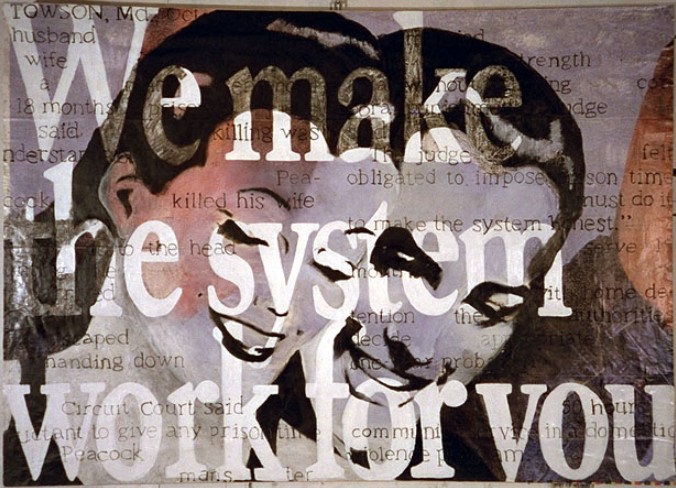Two months ago, I wrote my first article for WhichPLM, the predecessor to this piece.
To begin with, I revisited the process of the last 18 months from the back of my mind, documenting in brief the work I set out to do, as well as the thoughts and emotions that accompanied it.
The Core Customer
In the second part of this article, I’ll describe how I created our PLM system. The idea had been conceived in 2012 but only became a project/business in early 2016 due to industry frustrations.
After moving to Berlin in 2015, where the fashion and tech startup scenes were burgeoning, I attended successful meetups, created a business plan and wireframes, and sourced a team to develop the system.

The high demand for the product was evident, as all companies faced similar software problems. However, top-level managers weren’t always receptive to employee frustrations, which negatively impacted morale and productivity.
In order to assist brands and product suppliers, we spent two and a half years building our system, updating it continuously based on feedback, and prioritizing design and function to minimize clicks per process.
System That Works For You
Not designing systems around users forces them to adapt to unnatural systems to get work done. However, my network of industry professionals helped us deliver a system that feels right and can improve workflow.
The project’s complexity caused a delay, which made me realize the frustrations of industry professionals.
To solve this, the tech industry’s work in fashion should prioritize simplicity, and business analysts can act as middlemen between the two industries.

To achieve simplicity, the final product should not include functions that cannot be understood with a simple explanation.
While the industry is easily explained, it can become complex in its lifecycle, depending on the company’s organization and processes.
Lifecycle of a Product
In software creation for the product lifecycle, it is essential that every detail is understood by all parties. However, transparency and communication have not always been prioritized.
Despite this, some fashion companies cannot afford high-tech setups, and manual work is still prevalent in many parts of the world.

To address this issue, the goal of the project is to make PLM affordable and accessible to everyone. The team’s purpose is to help brands execute beautiful designs and increase productivity by removing admin.
For this reason, the team’s experts have worked tirelessly to provide an honest and compassionate service. Therefore, let’s simplify the admin and get back to the fun and excitement of fashion.